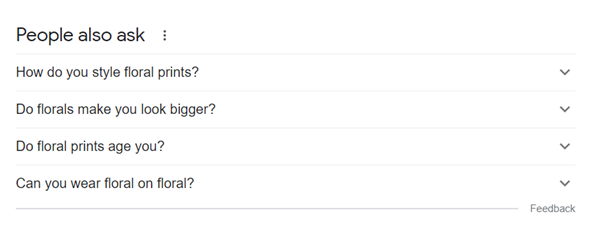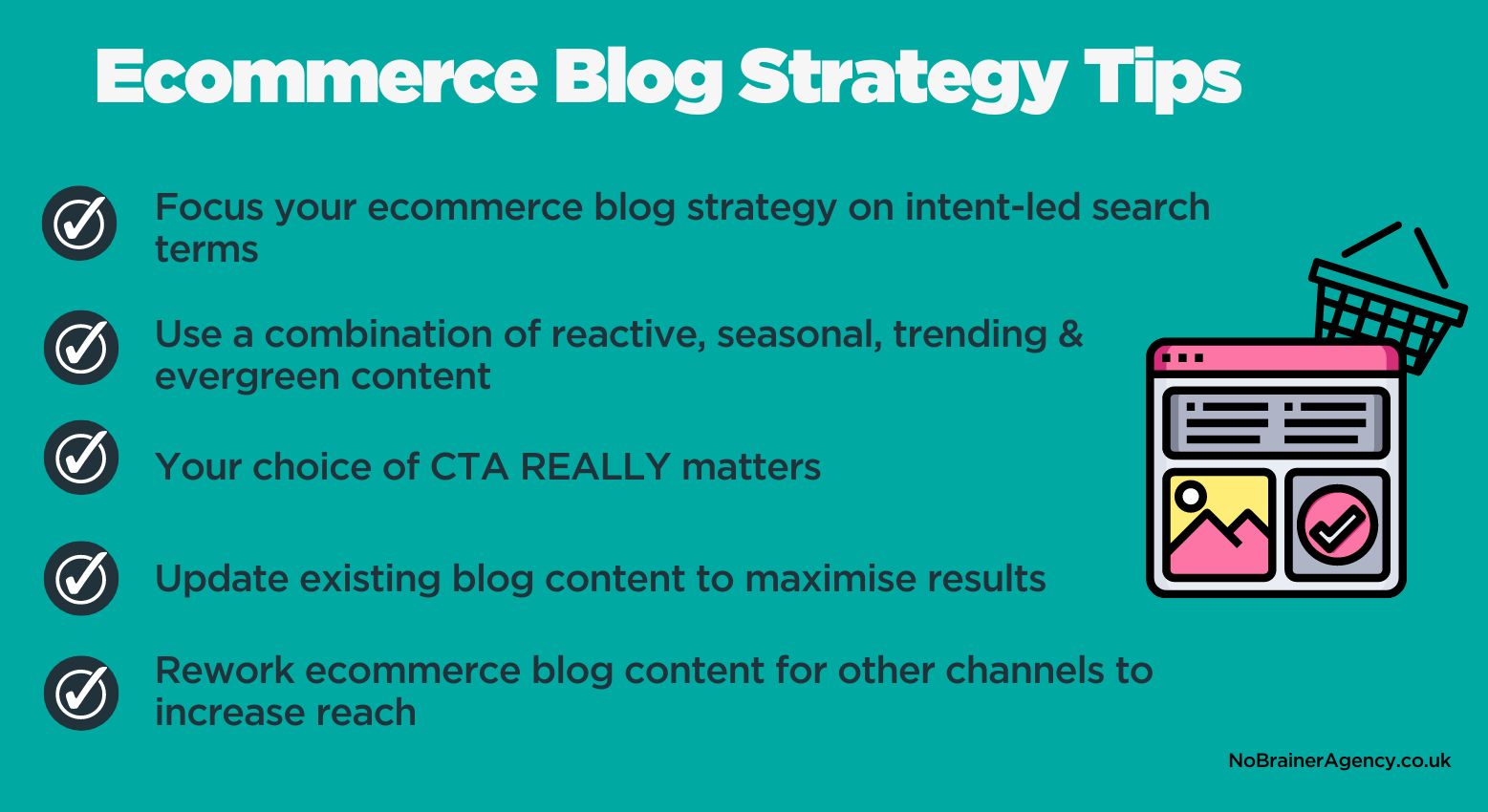Traditionally, blogging can sometimes be seen a bit of a mismatched tactic for ecommerce brands. Blogs are generally considered to be a ‘soft sell’ kind of marketing tactic – turning top of the funnel visitors slowly into customers by answering their questions, solving their problems and gradually moving them onwards in their buying journey. This kind of content in ecommerce is sometimes moved down the priority list as a result, being overtaken by more direct sales-driving marketing tactics.
However, blogs can have a definitive role to play in generating conversions too, so the key is to ensure that your ecommerce content strategy incorporates blogs that connect with potential customers right at the key decision points of their journey, not just those at the very top of the funnel.


 If you’d like to find out more about how we can help your ecommerce brand with digital marketing and content strategy, get in touch using the form below.
If you’d like to find out more about how we can help your ecommerce brand with digital marketing and content strategy, get in touch using the form below.
1. Ensure your ecommerce blog strategy is focused on intent-led search terms
In order to do effective keyword research for ecommerce, you need to understand who your customers are and what problems or pain points they need to overcome (and when) to become a customer. This knowledge helps ensure that your keyword choices are based on the most relevant searchers and those at defined points in their journey towards a purchase. As part of a wider SEO strategy and services, this means your site can have higher organic visibility for those looking for relevant information and answers to their questions. For example, a fashion brand might want to raise awareness of and sell more from their new range of florals. However, creating general blog content about florals and why they’re so great is unlikely to cut through the noise and start delivering high levels of traffic that is ready to buy. Instead, focusing blog content on overcoming some of the reasons why people might avoid buying florals is offering a solution to a known problem that customers have. Finding questions that people ask about florals can be a great place to start with for blog ideas.
2. Use a combination of reactive/seasonal/trending content and evergreen content
Creating blog content about seasonal events or things that are trending or in the news is great and can drive significant traffic to your site for a short period of time, but this needs to be balanced out with evergreen content topics that have search volume all year round and can drive traffic over a sustained period of time; sometimes even for years to come. The florals fashion theme can be a good example of this. Connecting florals-related blogs to summer weddings/parties etc can be useful, but people won’t be looking for that content all year round, so make sure you include evergreen topics too, such as those questions seen above. It’s not an either/or situation; getting a blend of all of these types of blogs can help you achieve your marketing goals.
3. Your choice of CTA REALLY matters
Having a clear idea of what you want the reader of each blog to do after they have read your content is essential. This is what will help them move along their journey towards making a purchase more quickly than they otherwise might. If the blog post is aimed fairly high up the funnel, expecting the user to jump from a lifestyle-themed blog post right into a purchase is likely to be unrealistic in the majority of cases. However, directing them to some related content that is aimed slightly further down the funnel could well result in them staying on your site for longer and moving them along in their buying journey. You might instead want to get them to sign up to marketing emails to get exclusive offers etc so you can market to them again further down the line through this channel. You have to understand your customers well to be able to judge the right point to ask them to ‘buy now’, ‘shop now’ or similar but you can get clever with CTAs too. For the fashion brand florals blog, you can see if they want to ‘build your look now’ and send them to the florals category page. Actionable words can be a useful device and making your CTAs stand out design-wise is also important.4. Update existing blog content to maximise results
It’s common to always lean towards new content creation with your ecommerce blog strategy, but there can be gains to be made for a much smaller amount of time and resource if you update and expand existing content to achieve the same goal, when appropriate. There are many potential benefits of repurposing existing content for ecommerce SEO purposes, enabling pieces that have some search visibility to increase this, or to give the content a fresh appeal for other audience segments too. This works best when the crux of the topic is great and still highly relevant, but perhaps the content isn’t quite reaching its full potential currently. Maybe it had a traffic spike when first published but doesn’t send sustained traffic. Perhaps there are slightly different keywords with volume now that have emerged since the original piece was created. There can be many ways in which to improve an existing blog and make it a better resource than anyone else offers on the subject. Improving an existing piece also means that you gain benefit from any search engine authority that page already has, rather than starting from scratch. Incorporating an audit of existing blog content into your strategy can help you find the right blend of creating new pieces and improving existing ones, to get the best possible results from the resource you have.5. Rework ecommerce blog content for other channels to increase reach
Using your branded ecommerce blog content in email newsletters and linking to the posts once or twice on your social channels is good practice in general, but it’s unlikely to make a huge impact on sales in this basic form. Instead, consider how the blog content (which we already know is super-relevant to customers and solves a problem they have – regardless of the channel they find it on) can be quickly and easily reformatted to better suit specific places where your audience are. Taking the florals example again… TikTok and Instagram present an amazing opportunity to not just talk about how to style florals in different ways/contexts, but actually SHOWS how to style them in ways that customers can easily replicate. Turning the key points of your blog text into visual and video content will appeal to a whole different section of your potential customer base and can be a real convincer if they haven’t quite made a buying decision yet. This doesn’t only work for fashion brands. Whatever you sell, turning your blog content into something more visual can be of real benefit to the buying journey and help you reach a wider audience than blogs alone. Whether it’s tech product demos or fixes, home storage hacks, dog food nutrition explanations or gardening tips, using a range of different formats for different platforms and channels can add an extra dimension to your ecommerce marketing strategy and results. If you’d like to find out more about how we can help your ecommerce brand with digital marketing and content strategy, get in touch using the form below.
If you’d like to find out more about how we can help your ecommerce brand with digital marketing and content strategy, get in touch using the form below. 







